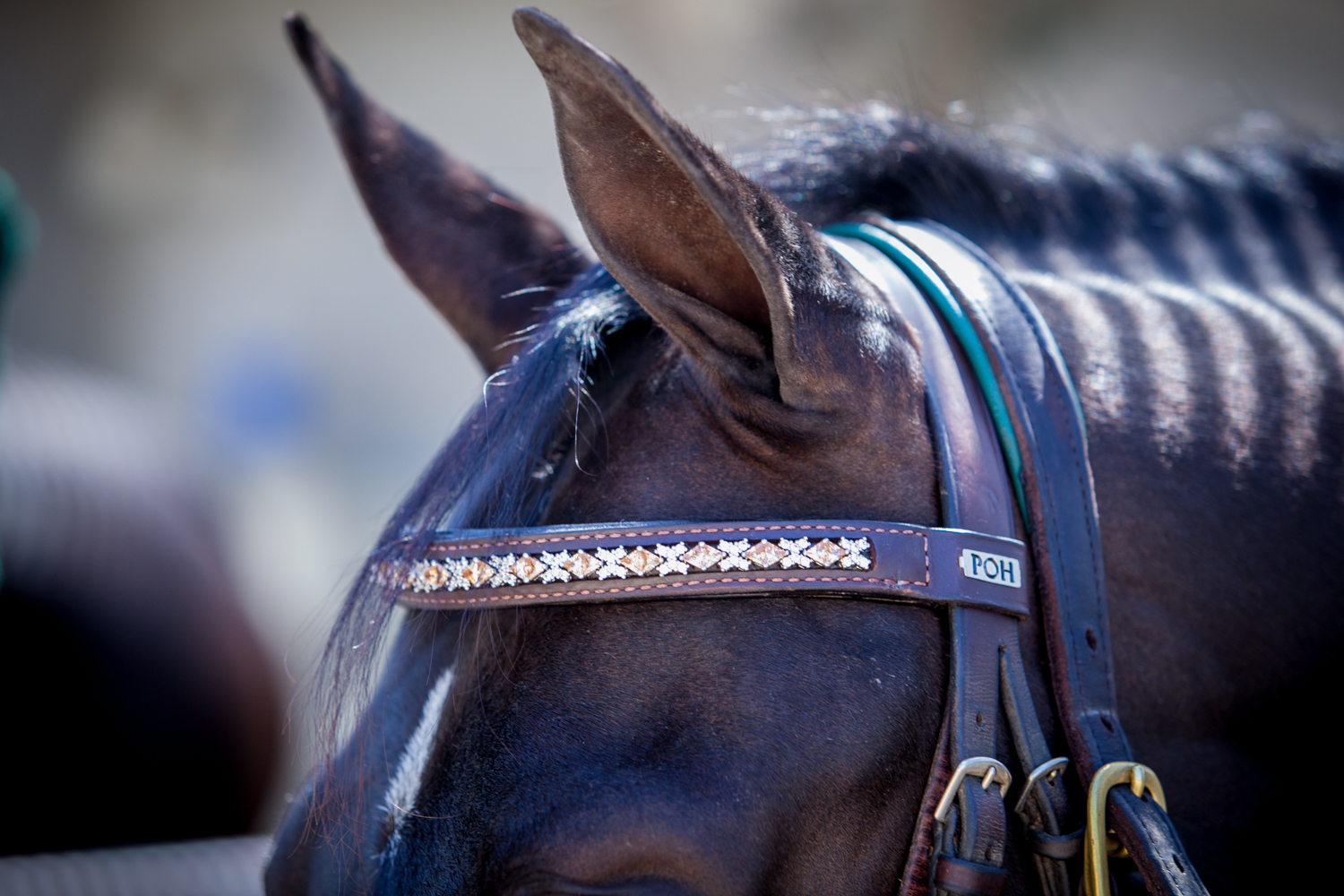For equestrian enthusiasts, maintaining the health of a horse is a top priority. One common issue faced by horse owners is cuts on their horses hooves. Understanding how to treat a cut on a horse hoof can save your horse from severe complications. In this article, we delve into the steps and care tips that will help you treat a hoof cut effectively.

Understanding Horse Hoof Anatomy
Before we discuss treatment methods, its essential to understand the anatomy of a horse hoof. The hoof consists of the wall, sole, frog, and bars. Each part plays a vital role in protecting the inner structures of the horses leg.
The Wall
The hoof wall is the external, hard part of the hoof that you see. It bears most of the horses weight and provides protection.
The Sole
The sole is the bottom of the hoof and provides additional protection to the sensitive inner parts.
The Frog
The frog acts as a shock absorber and assists in circulation by pumping blood up the leg when the horse moves.

Common Causes of Hoof Cuts
Understanding the causes of these cuts is the first step in prevention. Some common causes include:
- Sharp objects like nails or glass
- Improper hoof trimming
- Accidents during turnout or riding

First Aid for Hoof Cuts
Immediate first aid can prevent a minor cut from turning into a significant issue. Here are some steps to follow:
Clean the Wound
Remove any dirt or debris gently using clean water. Avoid using hydrogen peroxide or alcohol as they can damage the tissue.
Stop the Bleeding
Apply gentle pressure using a clean gauze to stop the bleeding. If the bleeding is severe, contact a veterinarian immediately.
Disinfect the Wound
Use a mild antiseptic solution to disinfect the cut. Ensure that you apply it gently to avoid causing pain or further damage.

Applying a Bandage
Bandaging the hoof is crucial to protect it from infection and further injury.
Using a Hoof Boot
A hoof boot can provide additional protection and support.
Regularly Changing the Bandage
Change the bandage daily to ensure the wound remains clean.
Veterinary Care
Its always advisable to consult a veterinarian for severe cuts. They can provide professional advice and treatment options.
When to Call a Vet
If the cut is deep, near the joint, or if there are signs of infection like swelling or pus, contact your vet immediately.
Preventing Future Cuts
Prevention is better than cure. Here are some tips:
- Regular hoof maintenance
- Using proper riding gear
- Maintaining a clean environment
Essential Tools You Need
Having the right tools at hand can make the treatment process easier.
Hoof Pick
Use a hoof pick to clean the hoof thoroughly before and after rides.
Farrier’s Rasp
This tool helps in smoothening out any rough edges that might cause further damage.
Hoof Supplements
Ensuring your horse gets the right nutrients can strengthen their hooves.
Biotin Supplements
These are commonly used to enhance hoof health.
Balanced Diet
A balanced diet rich in essential minerals is crucial for strong hooves.
Natural Remedies
Some natural remedies can aid in the healing process.
Aloe Vera
Aloe Vera gel can soothe the cut and promote healing.
Tea Tree Oil
Known for its antiseptic properties, tea tree oil can help prevent infections.
FAQs
Can a hoof cut infect the leg?
If not treated properly, an infection can spread from the hoof to the leg.
How long does it take for a hoof cut to heal?
Minor cuts heal within a week, but deeper cuts can take longer and require veterinary care.
Should I continue riding my horse with a hoof cut?
It is advisable to avoid riding until the cut heals to prevent further injury.
As an Amazon Associate, I earn from qualifying purchases.
As an Amazon Associate, I earn from qualifying purchases.